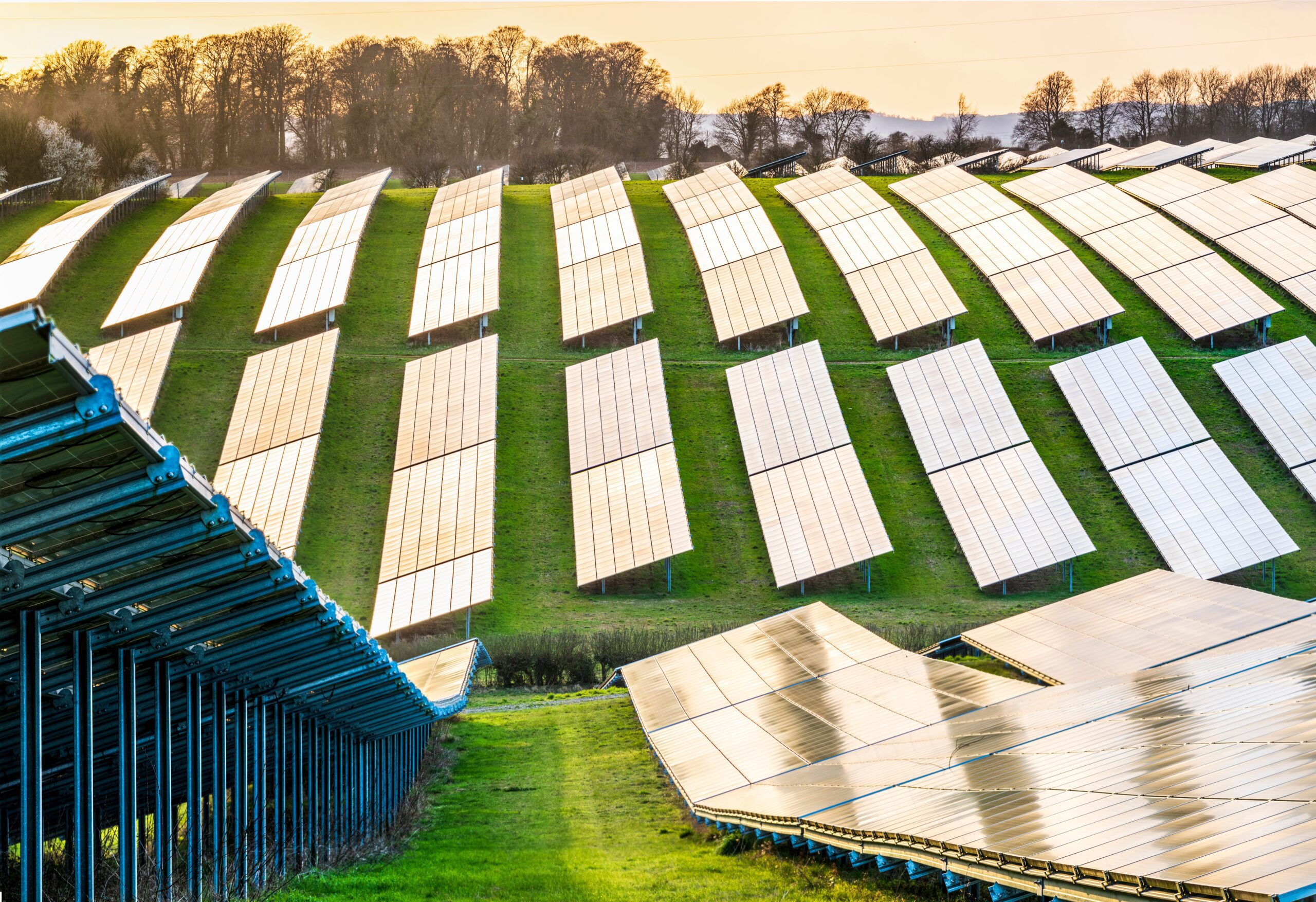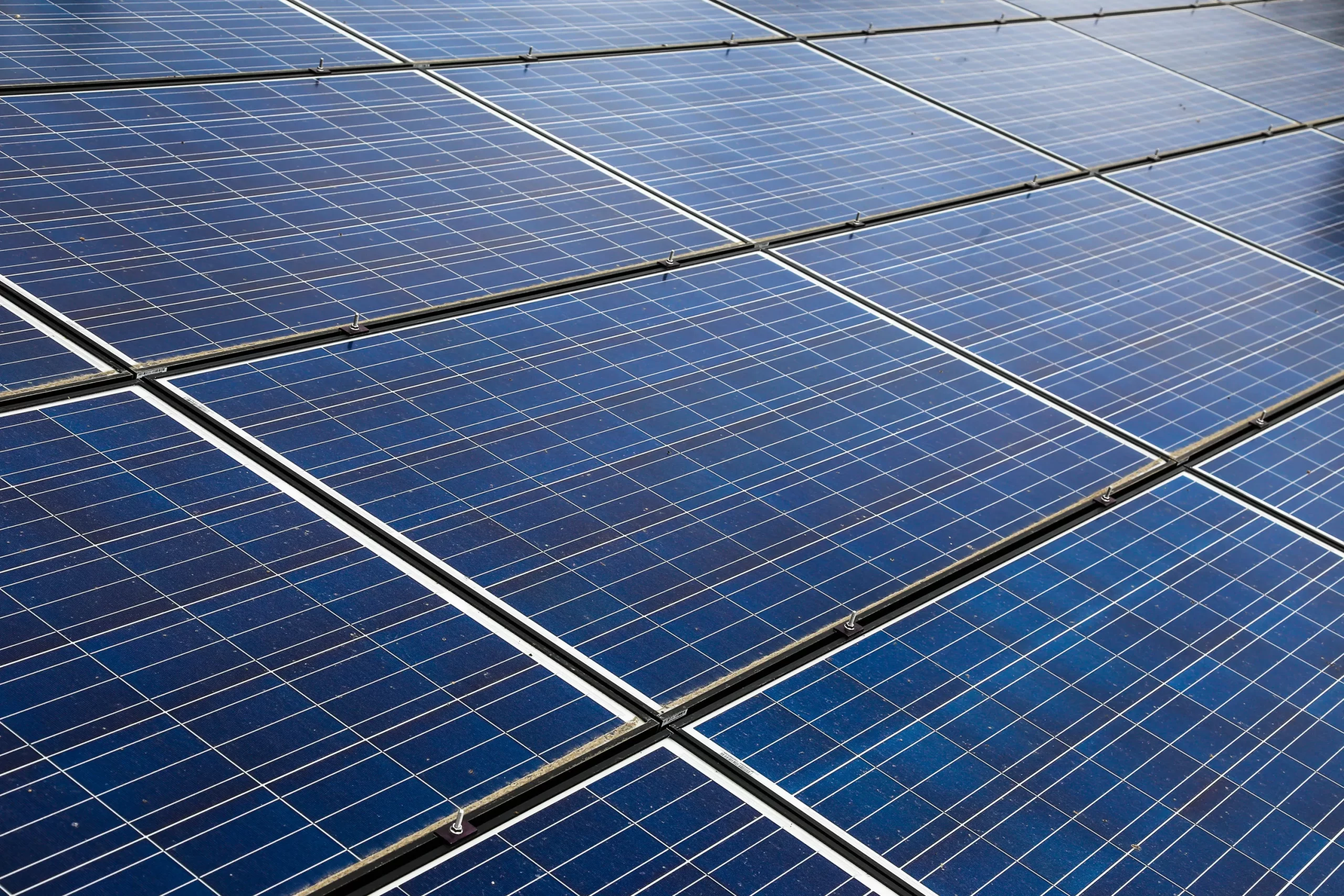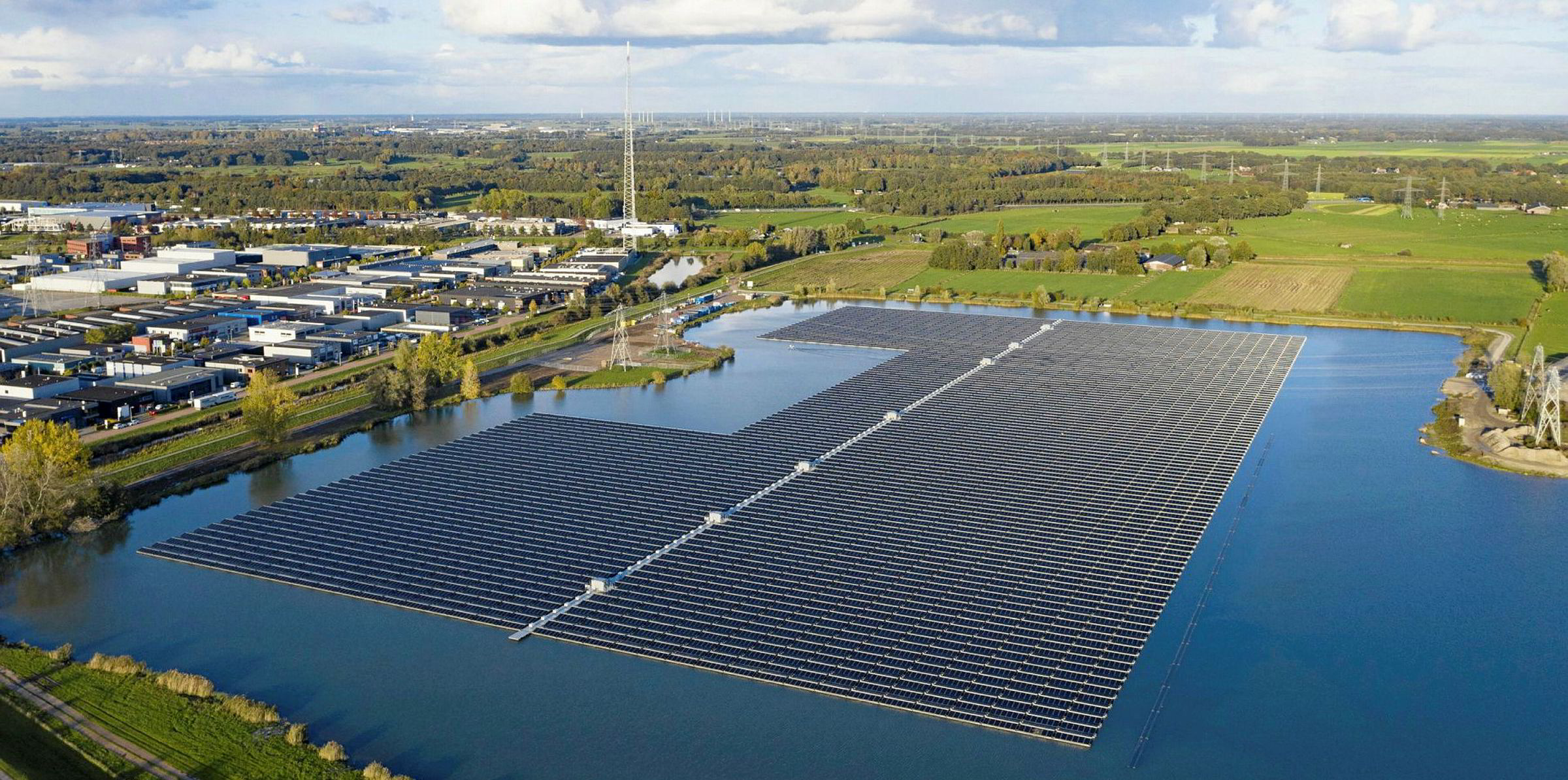The 21st century has ushered in an era of monumental shifts in the global energy landscape, with renewable energy sources rapidly gaining ground. Among these, solar power has emerged as a leading contender, driven largely by its increasingly competitive economics. As the cost of solar power continues its relentless downward trajectory, we stand at the precipice of a green energy revolution.
A Historical Perspective
Historically, the adoption of solar power was inhibited by high initial costs for equipment and installation. Solar photovoltaic (PV) technology, the process of converting sunlight directly into electricity, was viewed as an expensive luxury only affordable for high-budget projects or niche applications.
However, over the past two decades, the scenario has drastically changed. The costs associated with solar PV systems have plummeted, in large part due to advances in technology, manufacturing processes, and the global scale of production. According to the International Renewable Energy Agency (IRENA), the cost of solar PV modules decreased by around 90% between 2010 and 2020.
The Factors Driving Down Costs
The sharp drop in solar power costs can be attributed to several key factors:
Economies of Scale: As the demand for solar power increases worldwide, manufacturers have scaled up production, reducing the cost per unit through economies of scale. Larger production runs allow for more efficient use of resources and reduced manufacturing costs.
Technological Advancements: Continuous innovation in the field of photovoltaics has played a significant role. Improvements in cell design, the use of new materials like perovskites, and increased efficiency of solar cells all contribute to a more cost-effective end product.
Policy Support: Governments around the world have introduced policies and incentives to promote the adoption of solar energy, reducing the financial burden for businesses and homeowners. These range from subsidies and tax incentives to feed-in tariffs and power purchase agreements (PPAs).
Impact of the Declining Costs
As solar energy becomes more affordable, it is becoming a more prevalent source of power generation worldwide. In many regions, solar power is now the cheapest form of new-build electricity generation, outcompeting traditional sources like coal and gas. This has significant implications for the global energy market and the planet.
Democratization of Energy: As solar power becomes more affordable, access to clean, renewable energy is being democratized. This means even low-income households and developing nations can tap into this green energy source, leading to energy equity.
Grid Parity: Grid parity occurs when an alternative energy source can generate power at a levelized cost of electricity (LCOE) that is less than or equal to the price of purchasing power from the electricity grid. Reaching grid parity is considered the point at which an energy source becomes a contender for widespread development without subsidies or government support. Many regions have achieved or are close to achieving grid parity with solar power.
Environmental Benefits: The adoption of cheaper solar power translates into less reliance on fossil fuels, leading to a reduction in greenhouse gas emissions. This is a significant step towards mitigating climate change.
In conclusion, the dramatic decrease in the cost of solar power is not only revolutionizing the energy market but also promises a greener, more sustainable future. As we continue to innovate and push the boundaries of solar technology, the prospect of a world powered predominantly by the sun is no longer a distant dream, but an achievable reality. The solar revolution is indeed upon us, and it couldn’t have come at a better time.




